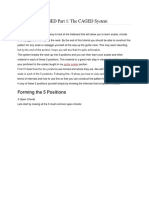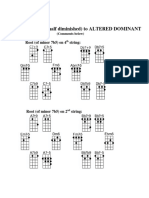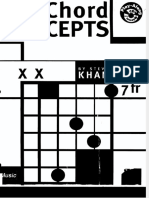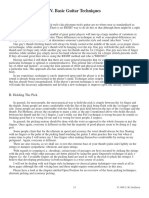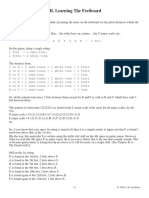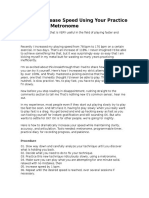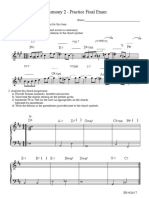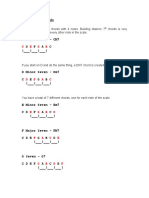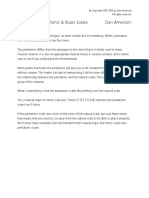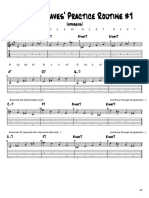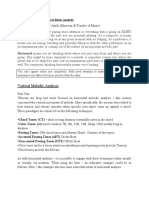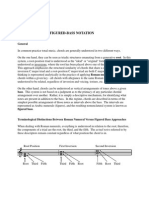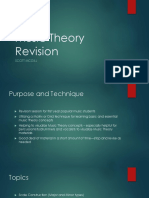0% found this document useful (0 votes)
249 views15 pagesJazz Guitar Chord Exercises
The document describes different exercises for practicing jazz guitar chord voicings using the cycle of fourths progression. It explains how to practice drop 2 and drop 3 chords in all inversions by playing them over a ii-V-I chord progression. Examples are provided of playing drop 2 chords on the top 4 strings and drop 3 chords on the bottom 4 strings, moving between chords without shifting position. The document also discusses practicing drop 2 dominant 7th chords by alternating between root/2nd inversion and 1st/3rd inversion as you move through the cycle of fourths.
Uploaded by
Diego MarizCopyright
© © All Rights Reserved
We take content rights seriously. If you suspect this is your content, claim it here.
Available Formats
Download as PDF, TXT or read online on Scribd
0% found this document useful (0 votes)
249 views15 pagesJazz Guitar Chord Exercises
The document describes different exercises for practicing jazz guitar chord voicings using the cycle of fourths progression. It explains how to practice drop 2 and drop 3 chords in all inversions by playing them over a ii-V-I chord progression. Examples are provided of playing drop 2 chords on the top 4 strings and drop 3 chords on the bottom 4 strings, moving between chords without shifting position. The document also discusses practicing drop 2 dominant 7th chords by alternating between root/2nd inversion and 1st/3rd inversion as you move through the cycle of fourths.
Uploaded by
Diego MarizCopyright
© © All Rights Reserved
We take content rights seriously. If you suspect this is your content, claim it here.
Available Formats
Download as PDF, TXT or read online on Scribd
/ 15

